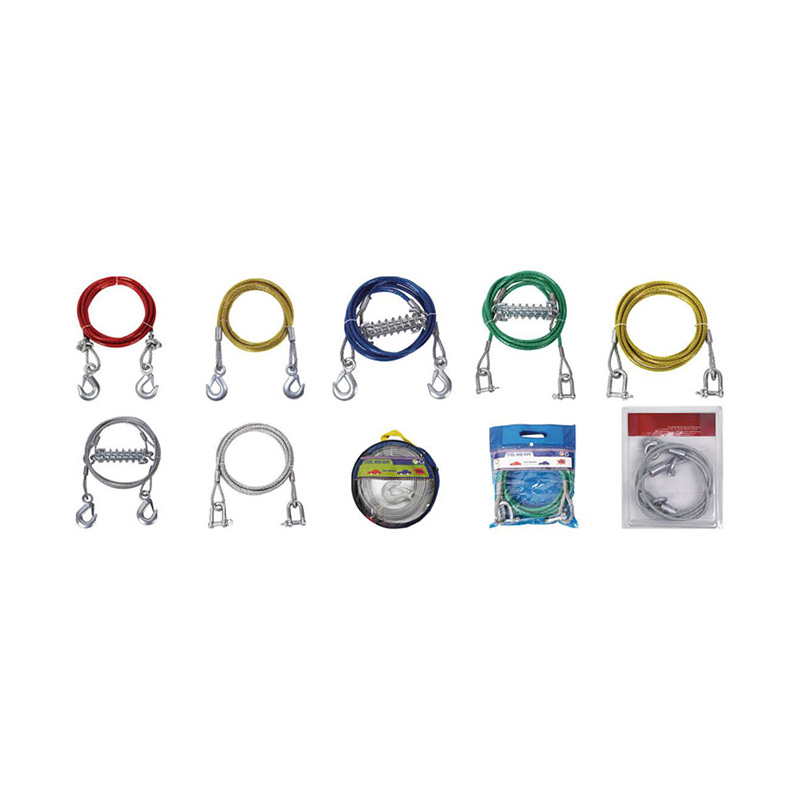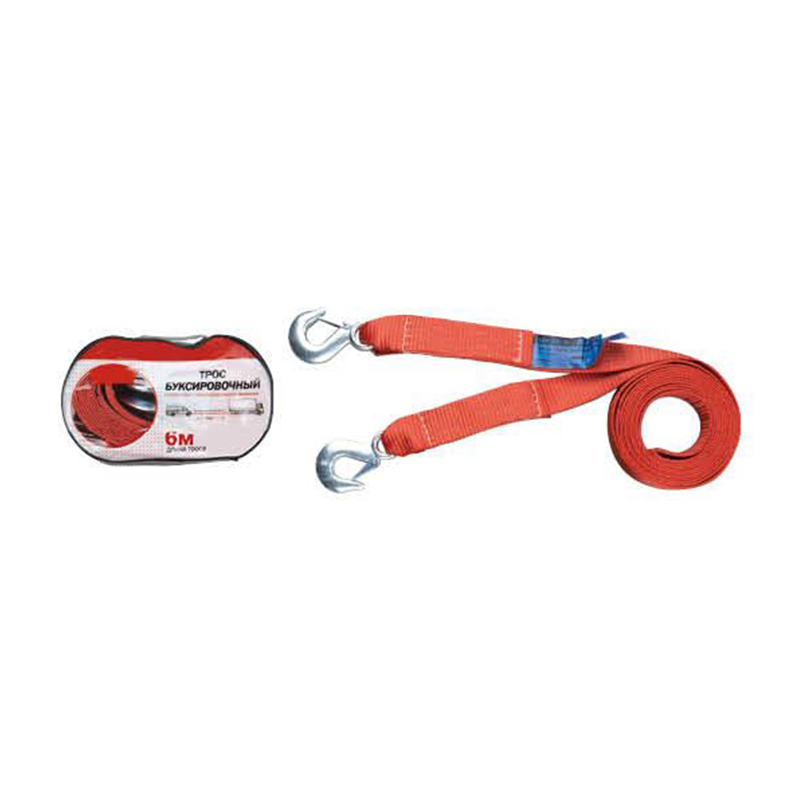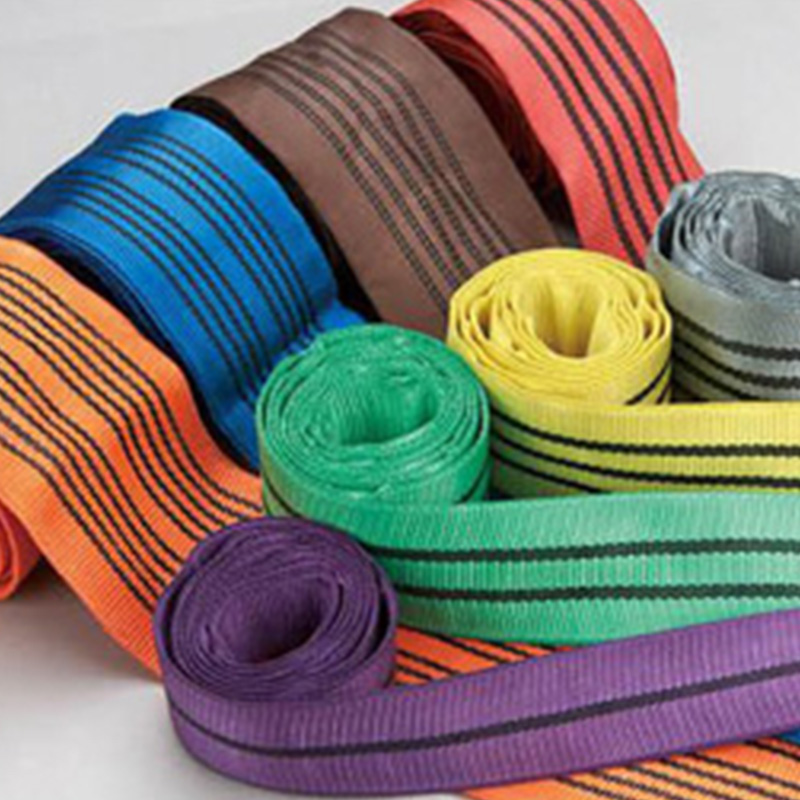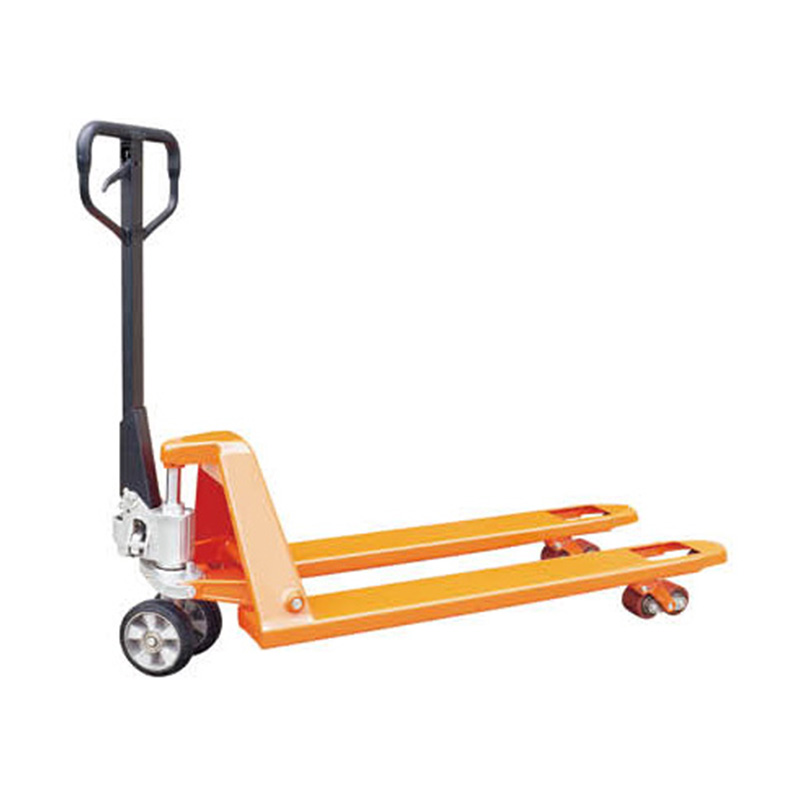Search by posts
Product category
Company News
 By Admin
By Admin
Correct use of lashing buckles
Depending on the usage scenario and materials, there are several correct ways to tie a buckle. The following are several common methods of tying buckles:
Single thread button knot. Suitable for single-line finishing or coiling, make a loop on the rope, then use another rope to pass through the loop in a specific way, slowly tightening to adjust the shape.
Double thread button knot. This knot is usually used at the end of a bracelet or as a clasp. It is made by making alternating loops on the rope and then tightening the ends of the rope in a specific way.
One side buckle. It is suitable for fasteners on a flat surface. During operation, fold the iron wire in half to 180 degrees, use your left thumb to push out an iron wire, hold the lashing hook in your right hand to tighten it to the upper part of the steel bar, and tighten it with the left-hand wire.
Cross buckle and reverse cross buckle. Used where firmness is required.
Pocket buckle. Suitable for the connection between flat or straight bars and bends of steel bars.
Buckle. It is used to prevent the steel bar from sliding or falling off. The winding direction is determined according to the possible movement of the steel bar.
Toggle. Use waste materials or scrap steel wire ropes for tying. When tying, insert the strands into the intersection points of the steel bars.
Each lashing buckle method has its specific application scenarios and operating steps. Choosing the appropriate lashing buckle method can improve work efficiency and lashing quality.
 English
English Español
Español عربى
عربى




